Introduction
How long has it been since you threw a wine and cheese evening that blew your visitors away? Instead of using straightforward cheddar or Monterey Jack, being creative and embracing some of the more off-the-beaten-path cheeses like Mediterranean Cheddar, Olive Cheddar, and Pico de Queso can transform a boring night into one your guests will never forget. Wine and cheese aren't all about flavor; there's presentation, exploration, and creating an experience that your guests will never forget. This is your step-by-step cheese night guide, which leads you through simple pairing hints, presentation tips, and how to make your next cheese night unforgettable.
The Art of Cheese Pairing
Cheese pairing is the exercise of pairing cheeses with comparable flavors, textures, and beverages to yield a fantastic and harmonious tasting experience.
-
Mediterranean Cheddar will pair well with crisp, fruity white wines such as Sauvignon Blanc or dry Riesling due to its slightly tangy nature.
-
Olive Cheddar is complemented well by medium- to full-bodied red wines like Merlot or Cabernet, in which the olives create a savory richness.
-
Pico de Queso's spices are served best by light, crisp beers or bubbly wines that enhance its flavor without overwhelming it.
The trick is balancing intensity and complementing flavors, creating a taste experience that is both sophisticated and delicious.
Why Presentation Matters
Guests often “taste with their eyes” first. Arranging your cheeses attractively and labeling them clearly makes the experience more enjoyable. Use boards of varying heights, small bowls for accompaniments like nuts or dried fruit, and creative labels for each cheese variety.
Proper labeling helps guests navigate flavors and enhances the visual appeal of your tasting board. For example, if you want to create visually engaging tasting signs or small decorative labels, this may help you design a printable poster for your cheese board. Small touches like clear signs for Mediterranean Cheddar, Olive Cheddar, and Pico de Queso make a big difference in creating a polished experience.
Practical Cheese Pairing Tips
-
Match intensity: Match strong wines with strong cheeses, weak wines with weak cheeses.
-
Complement or contrast flavors: Rich cheeses with sweet wine, sharp drink with sharp cheese.
-
Accompaniments: Each tasting has fruit, nuts, and crackers added.
-
Serve at the right temperature: Rest the cheeses 20–30 minutes to release full flavor.
-
Label clearly: Little signs or cards displaying cheese names and taste notes enhance the experience.
Everyday Applications You May Not Notice
You don't need a large group to enjoy cheese pairing ideas:
-
A quiet home dinner is more sophisticated with Mediterranean Cheddar or Pico de Queso on an unadorned board.
-
Holiday buffets are classy when cheeses are identified.
-
Casual tastings with friends are more engaging when each variety is thoughtfully explained and paired.
FAQs About Cheese Pairing
1. What wines pair well with Olive Cheddar?
Medium- to full-bodied red wines like Merlot or Cabernet complement the olive's savory taste.
2. Can Mediterranean Cheddar be served with beer?
Yes—light, crisp beers like Pilsner or Belgian Ale highlight its smooth taste.
3. Should Pico de Queso be served at room temperature?
Yes, letting it stand 20–30 minutes allows its characteristic spices to be released.
4. Are accompaniments a must?
Optional but recommended—nuts, fruits, and crackers enhance taste and appearance.
Conclusion
Including specialty cheeses such as Mediterranean Cheddar, Olive Cheddar, and Pico de Queso makes a typical wine night an evening of memory-making tastings. Caring pairings, easy labeling, and beautiful presentation wow guests and make the night special. When it comes to designing visually appealing labels or mini signage, such as with Adobe Express, it is simple to create a complement to your cheeseboard that will make your presentation look smooth and professional.



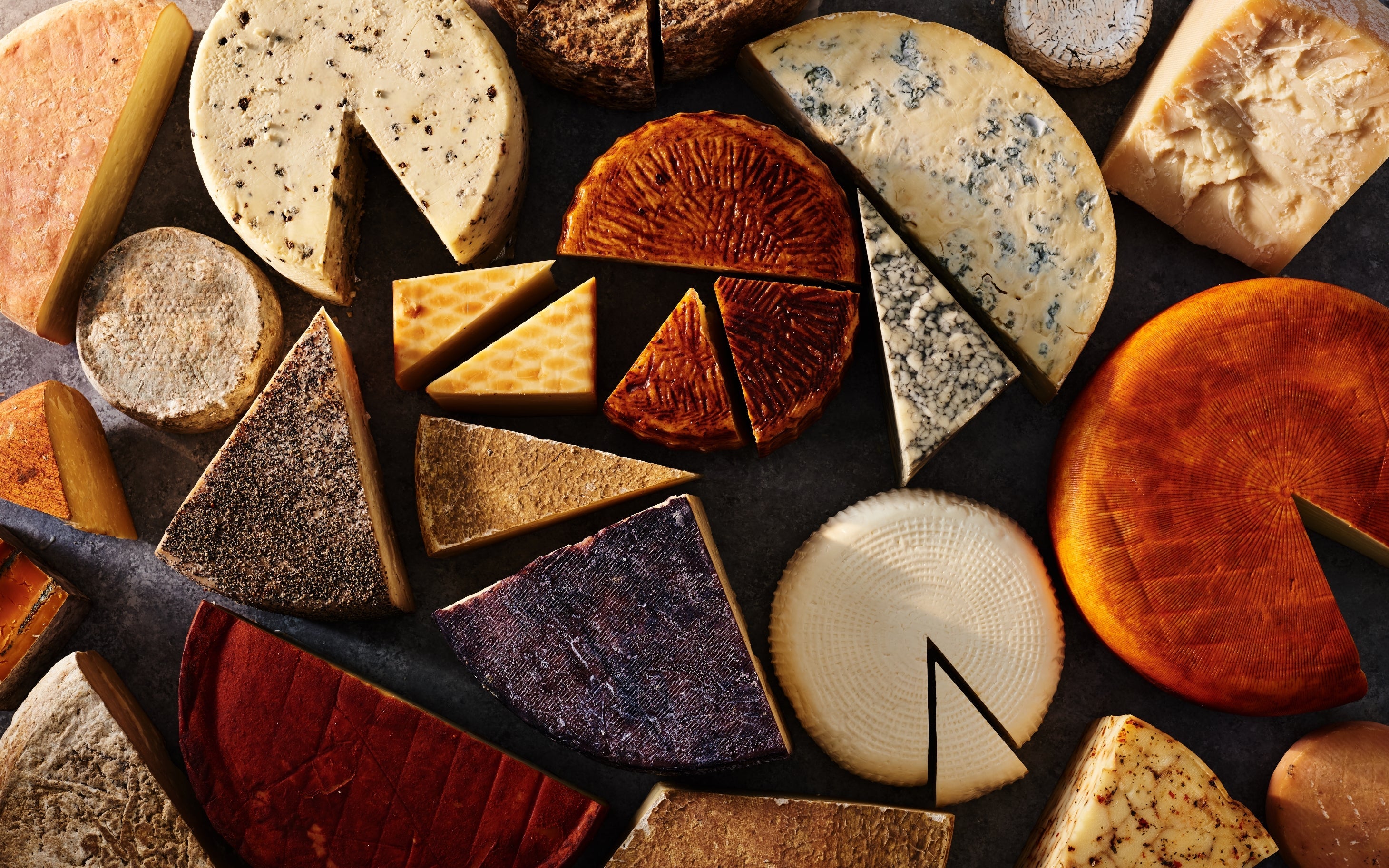
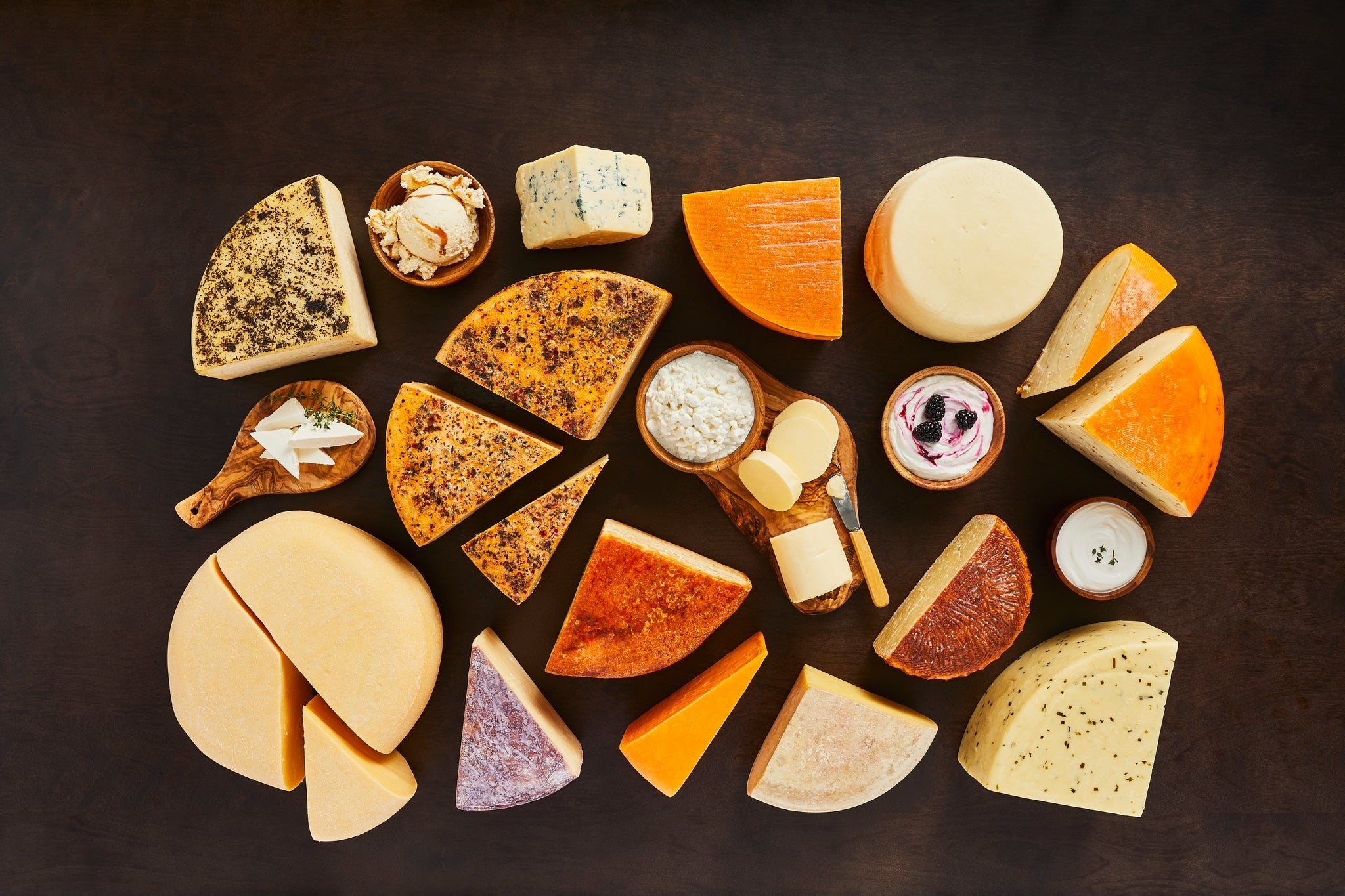
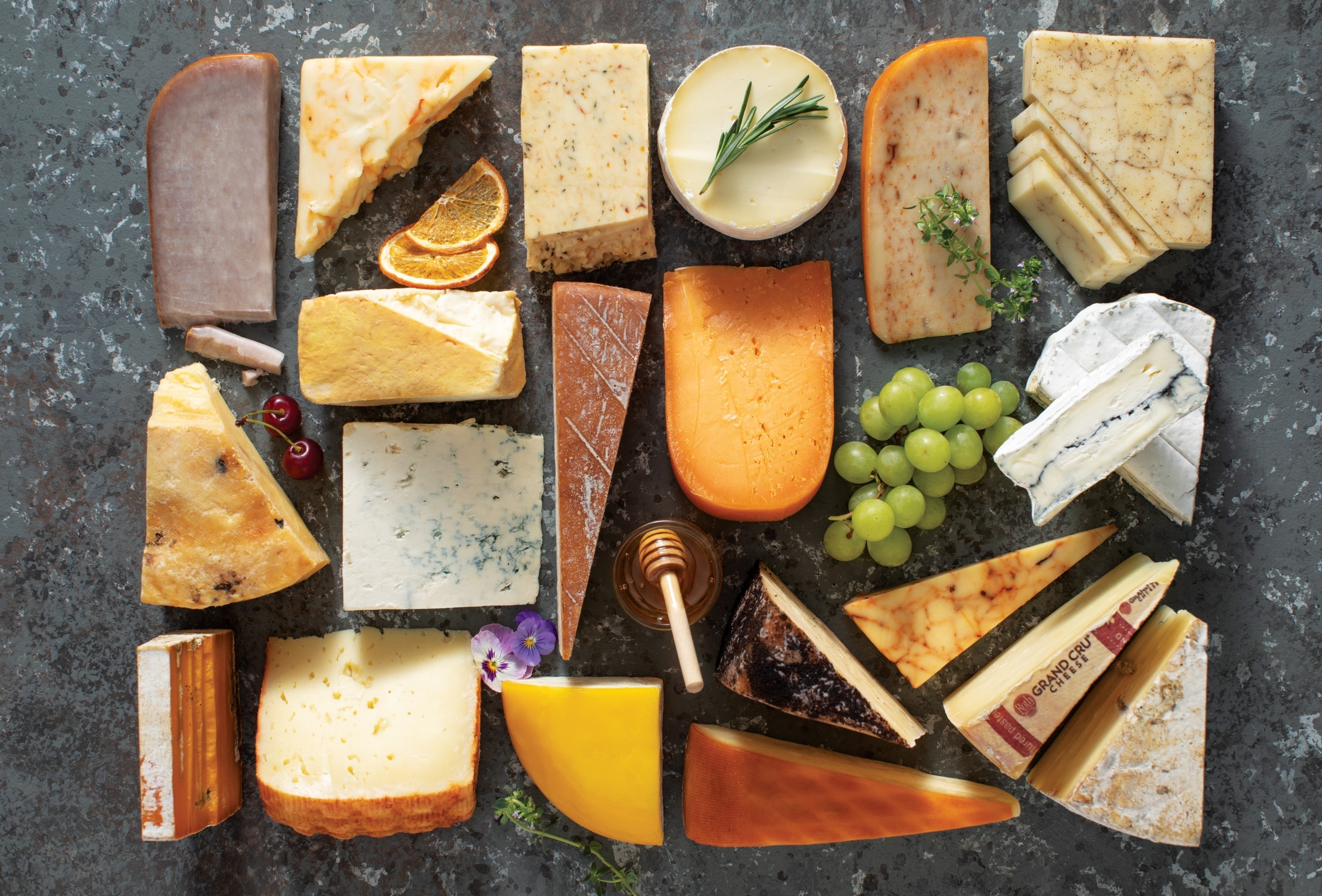

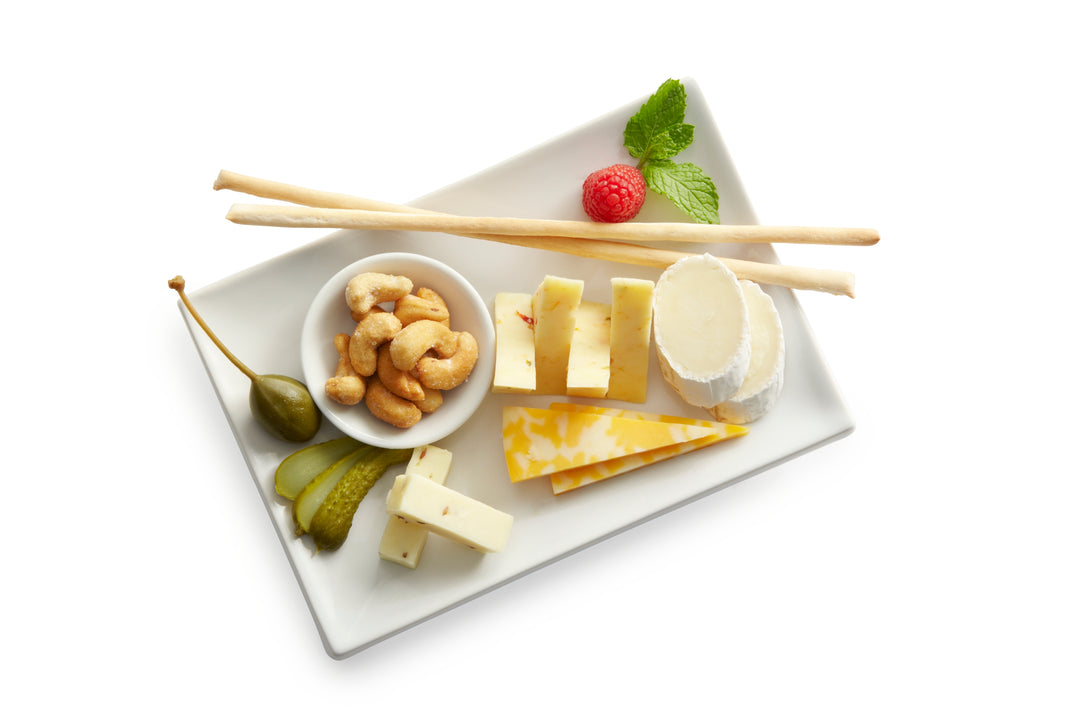
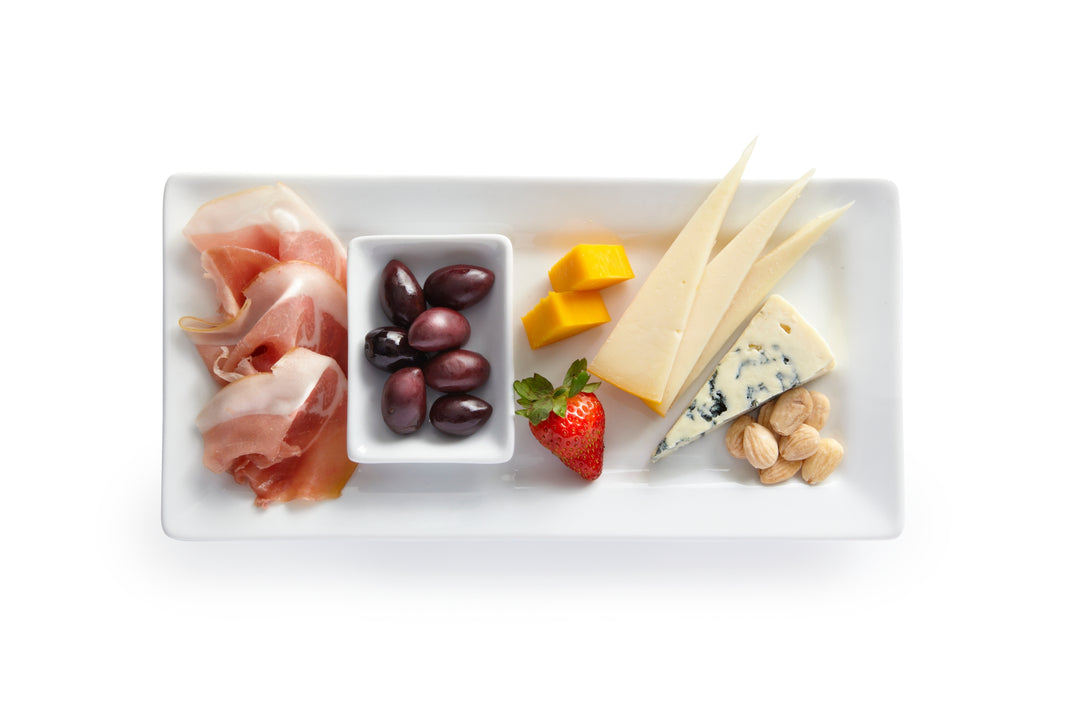
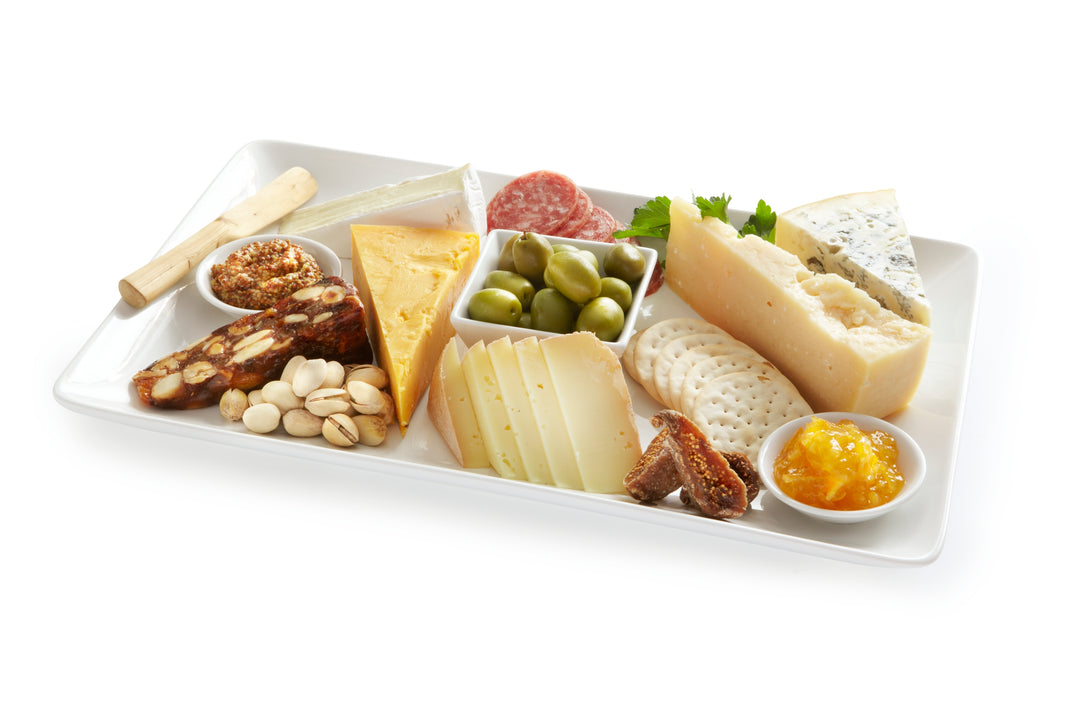
Leave a comment